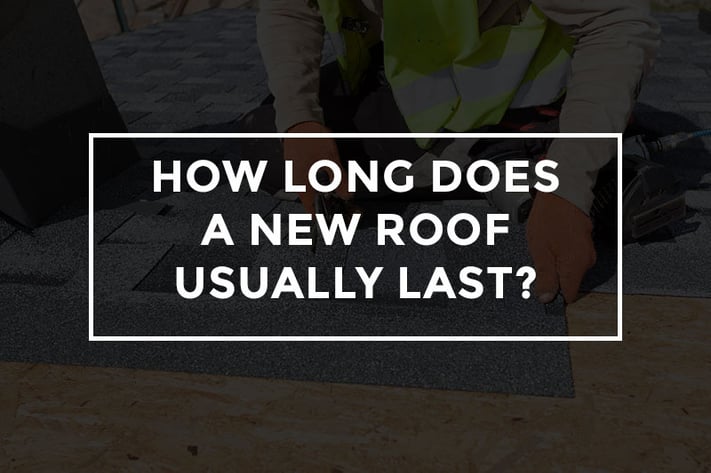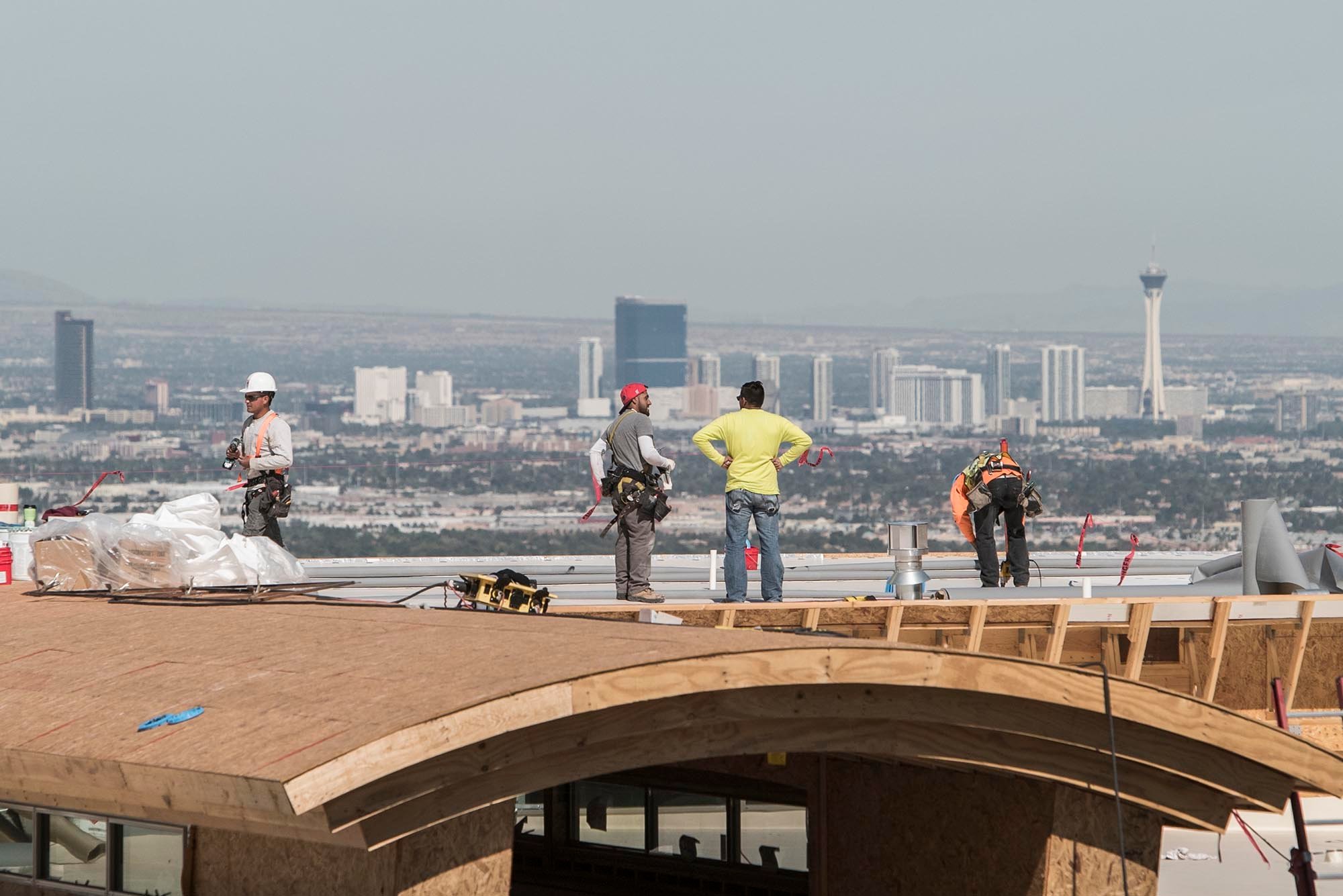
To protect the integrity of your house, you need a quality roof. Roofs can be quite expensive, but with proper installation and maintenance, the average roof can last for 15 to 20 years.
Read on to learn how to make your roof last for as long as possible.
Think it's time for roof replacement for your home?
Call us at 702-739-7663 to discuss your options.
The foundation for a long-lasting roof
A long-lasting roof starts with proper installation. When you hire a professional contractor, they will generally follow a 3 step process:
- Remove your old roof and inspect the underlying roof structure.
- Install roofing underlayment and drip edges to protect your home against weather.
- Select and install quality roofing materials, and then inspect the job to ensure that everything has been done properly.
What can I do to make my roof last?
There are certain prevention and maintenance methods that will help maximize your roof's life:
- Have the roof professionally inspected every two or three years. Your roofing company can identify any weak areas that need to be resealed, and any other problems that can be repaired while they are still manageable.
- Prevent water damage by keeping the roof and the gutters clean of debris like leaves or tree branches.
- After major rain or wind storms check your roof for any leaks, curling or missing shingles.
What potential things can shorten the life of my roof?
There are a few things to be aware of when it comes to maximizing the investment in your home.
Improper Design
If your roof is designed or installed improperly, it can lead to sagging, inadequate roof slope, draining, expansion and contraction of decking material, and weakening and splitting of roofing materials.
Weather
Whether good or bad, the wheater can have a significant impact on the lifetime of your roof:
- Wind - Strong winds can lift exposed shingles and allow water to seep underneath.
- Rain - Water damage can occur if there are missing or cracked shingles. This can lead to rot.
- Sun - Shingles can deteriorate faster in warmer climates.
- Condensation - Warm air buildup inside your attic can lead to wood decay in your sheathing and rafters. Extremely high attic temperatures can cook your shingles from underneath.
Lack of Maintenance
Without proper maintenance, minor roof issues won't be caught early enough to fix them without major repairs. A professional inspection will look for:
- Missing or torn shingles which pose a risk for water damage and rot.
- Missing or damaged flashing which can increase the danger of water damage.
- Damaged shingles – When a shingled is damaged, it loses its waterproofing layer and is, therefore, more prone to structural damage, rot, and decay.
How much does a new roof cost to install?
While it's possible to do it yourself, it's much better to hire a professional to do it right the first time. The cost of a professionally installed roof can range from $5000 to $12,000, with the national average around $7,000. This cost depends on a variety of factors including removing the old roof (if necessary), the type of underlayment, the material, the roofer's charges, and any necessary permits. While you may be tempted to choose the cheapest roofing company, you should pay more attention to reputation, and less attention to price.
Installing a new roof on your home can be quite the expense. With proper maintenance and regular inspection by you and your roofing company, you can delay that cost for many years.





